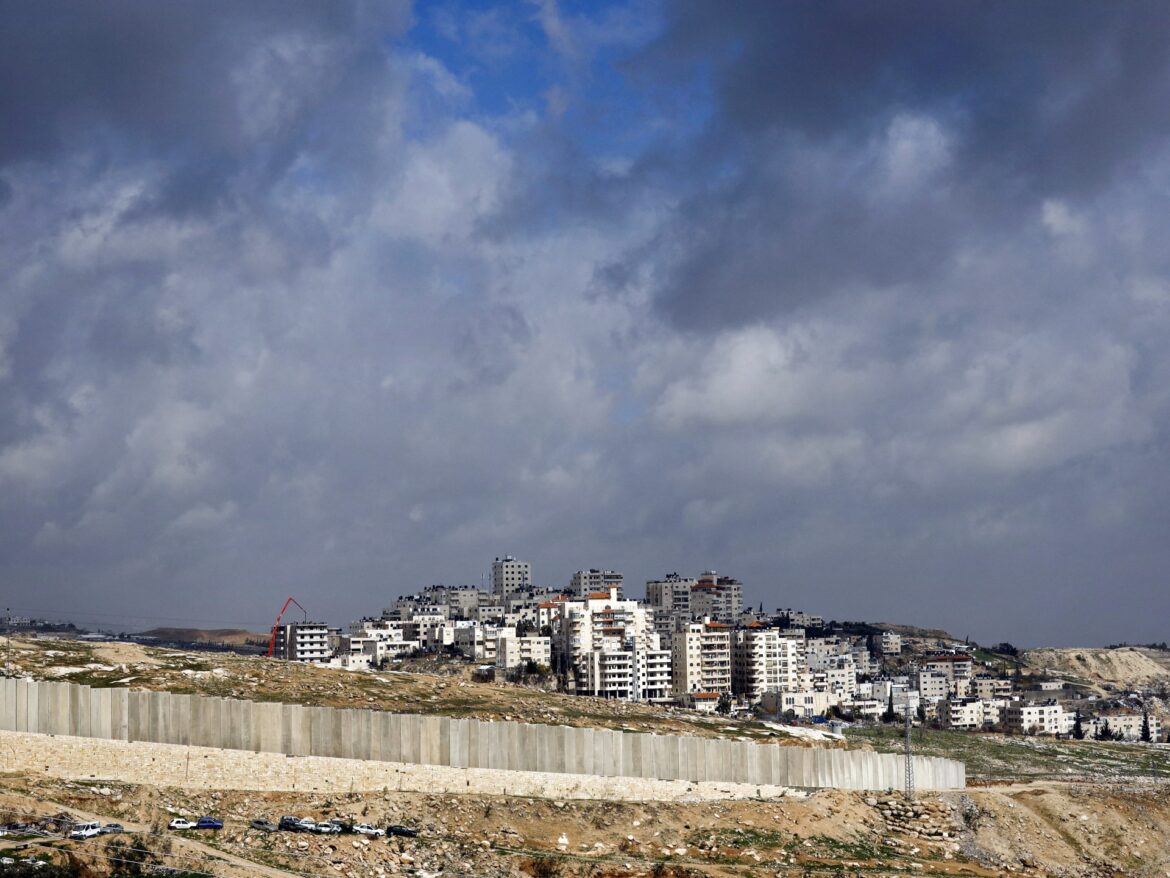Al-Zaim village is one of the Palestinian villages located in the West Bank, specifically to the east of the city of Jerusalem. It is part of a series of small villages that are distinguished by their rich history and cultural heritage that reflect ancient Palestinian life.
The village of Al-Zaim is surrounded by many villages and settlements, making it an area of special geographical and political importance.
the site
Al-Zaim village is located about 5 kilometers east of the city of Jerusalem. It is bordered to the east by the lands of the village of Al-Eizariya, to the north by the village of Al-Issawiya, and to the west by Jerusalem. It is surrounded by many agricultural lands characterized by fertile soil, making agriculture a source of livelihood for many of its residents.
Al-Zaeem Village overlooks a series of hills and valleys, which gives it natural beauty and an important strategic location.
the date
The establishment of Al-Zaeem village dates back to 1952, and it was previously called “Rafat” after the residents who immigrated from their homes in 1948 and lived there, but the name was changed to Al-Zaeem in 1978.
The origin of the residents of Al-Zaim village goes back to the town of Rafat (next to Ramla), Hebron and Jerusalem, and it is an extension of the village of Al-Tur in Jerusalem and the Mount of Olives, which was – an endowment for the Hekars – led by Saladin Al-Ayyubi.
The Hakkari are a Kurdish tribe whose origins go back to the Hakkari region, a mountainous region located in southeastern Anatolia (modern Turkey) and northern Iraq, which is part of historical Kurdistan.
The tribe was known for its military strength and courage, and had a great influence in the region throughout history, and a prominent role in the military and political movements of the Middle Ages, especially during the time of the Ayyubid state.
The Hakkaris joined the forces of Saladin and contributed to his wars against the Crusaders, and participated in many important battles, including the Battle of Hattin in 1187, which led to the restoration of Jerusalem.
Al-Zaim’s village represents a model of traditional Palestinian life that depends on agriculture and animal husbandry, and over the years it has witnessed political and social transformations due to historical developments in the region.
Population
The population of Al-Zaim village is about 6,000 people, according to 2017 statistics, most of whom are Palestinian families who have lived in the area for generations. The residents are distinguished by their preservation of traditional Palestinian heritage and customs, such as popular celebrations and religious events, which represent an important part of social life in the village.
The most important landmarks in the village
There are 4 mosques in Al-Zaim village: Ali bin Abi Talib Mosque, Al-Sabreen Mosque, Sheikh Anbar Mosque, and Al-Farouq Mosque. There are also a few archaeological places and areas in the village, the most important of which is: the shrine of Sheikh Anbar, a descendant of the Hakarin.
Settlement and the separation wall
Al-Zaim village suffers from many challenges related to the political situation in Palestine, and the Israeli settlements surrounding it affect the freedom of movement of residents and the expansion of their agricultural lands.
In addition, the village suffers from a lack of some basic services such as water and electricity, which constitutes an additional burden on the residents.
The residents of the “Al-Za’im” community, east of Jerusalem, live in an area surrounded by the Israeli separation wall, a military checkpoint, and an iron gate that controls their movements.
In March 2015, a military checkpoint separating the community from the village of Al-Tur (east of Jerusalem) was replaced with a huge iron gate placed in the middle of the section of the separation wall surrounding the community. It was closed for two weeks, before it was reopened for 4 hours a day.
After the occupation isolated the village with a separating fence and opened streets and tunnels to connect the Maale Adumim settlement to Jerusalem, Al-Za’im was left without an exit or entrance to connect it to Jerusalem or the West Bank, and all its lands were seized from the east due to its proximity to the aforementioned settlement to establish a new settlement neighborhood.
The area of Area C, which is completely controlled by the occupation, constitutes 94% of the community’s lands, while 4% of its lands are administratively managed by the Palestinian National Authority, and the remaining 2% of the lands are located within the borders of the Jerusalem municipality.
The occupation is implementing the “E1” settlement project on the lands of Al-Za’im village, which is the only area for the expansion of Jerusalem towards the east.
The occupation authorities say that this expansion serves the idea of a two-state solution, which was approved by the international community, while the villagers established the Shams al-Awda camp in order to confirm their rejection of the project, which is based on confiscating lands in order to establish a settlement envelope surrounding East Jerusalem and link the Maale Adumim settlement to the project. “E1”.
Work is also underway on a project to connect Al-Zaim to the towns of Anata and Al-Eizariya through a street designated for Palestinians only to prevent direct contact with settlers, further separating and dismembering Palestinian lands and preventing them from expanding and reaching the areas easily.
These administrative divisions and classifications make the reality of living in the community difficult and tragic. This difficulty is represented by the complete absence of street lighting, the lack of a modern sewage network, and an old and worn-out water network, in addition to the spread of theft and drug abuse.



